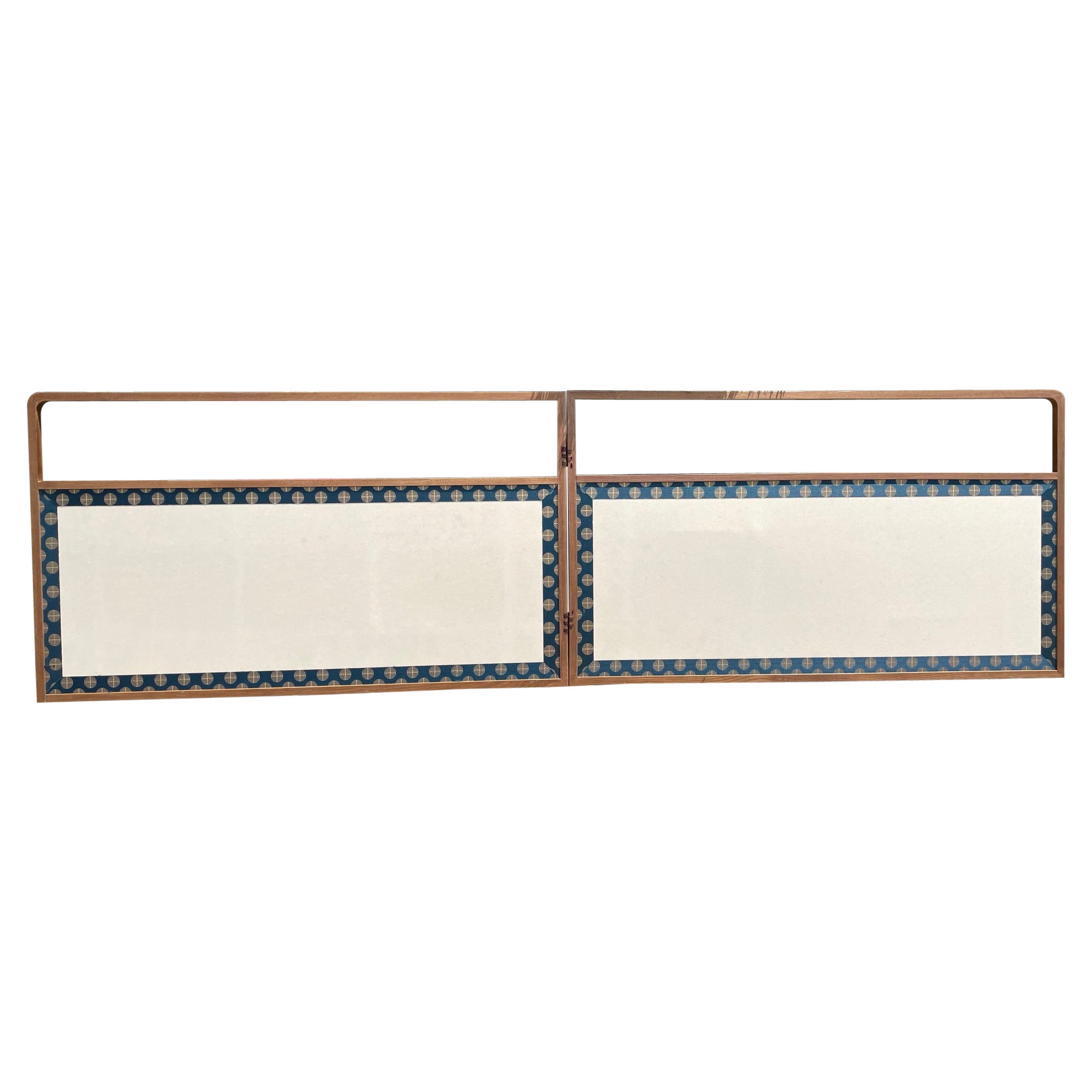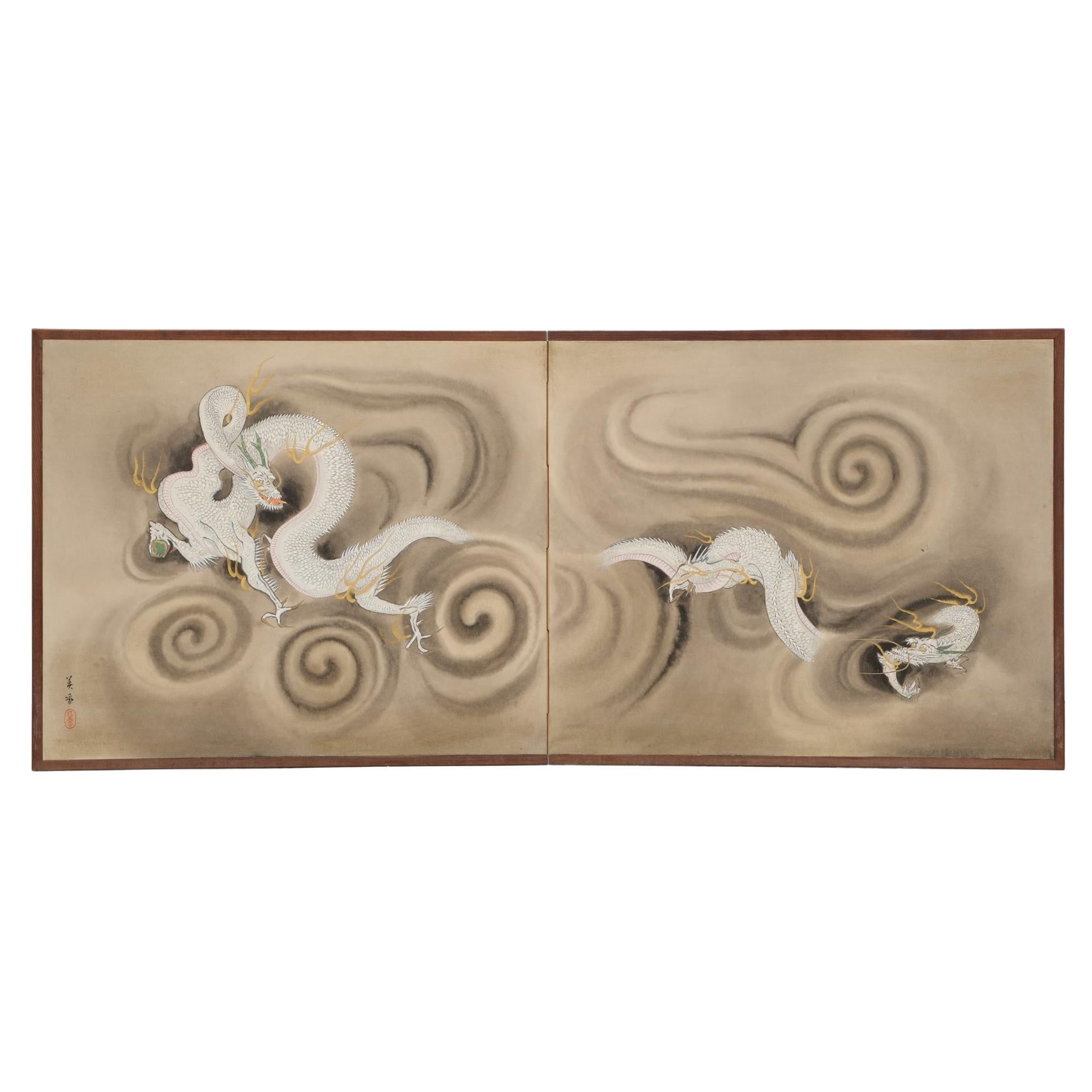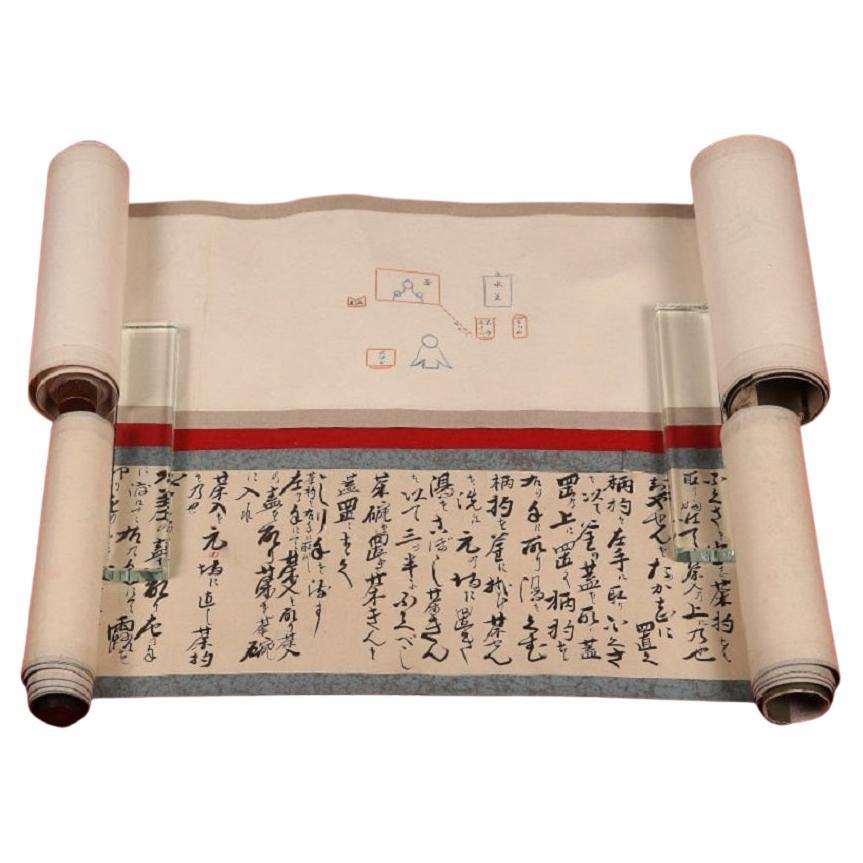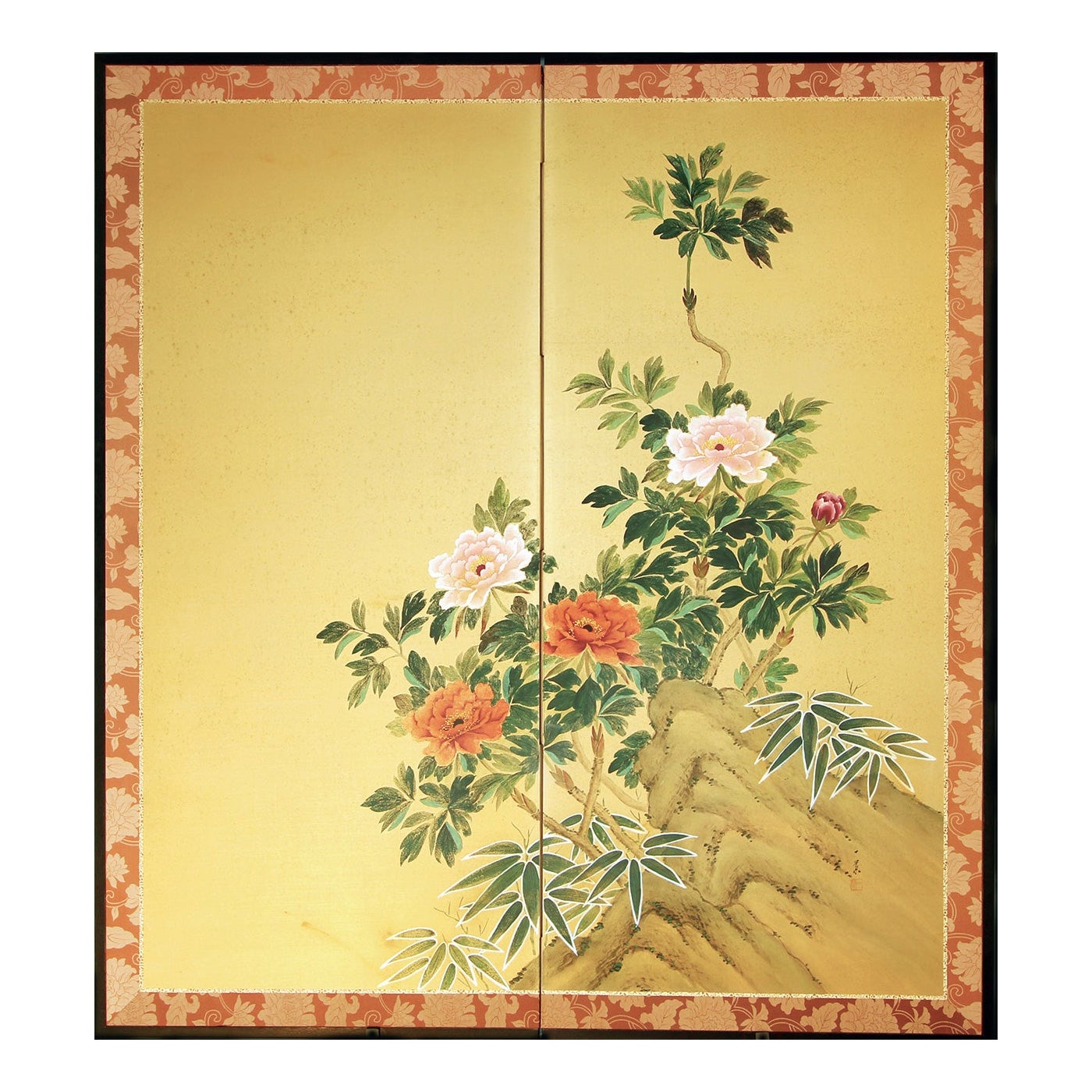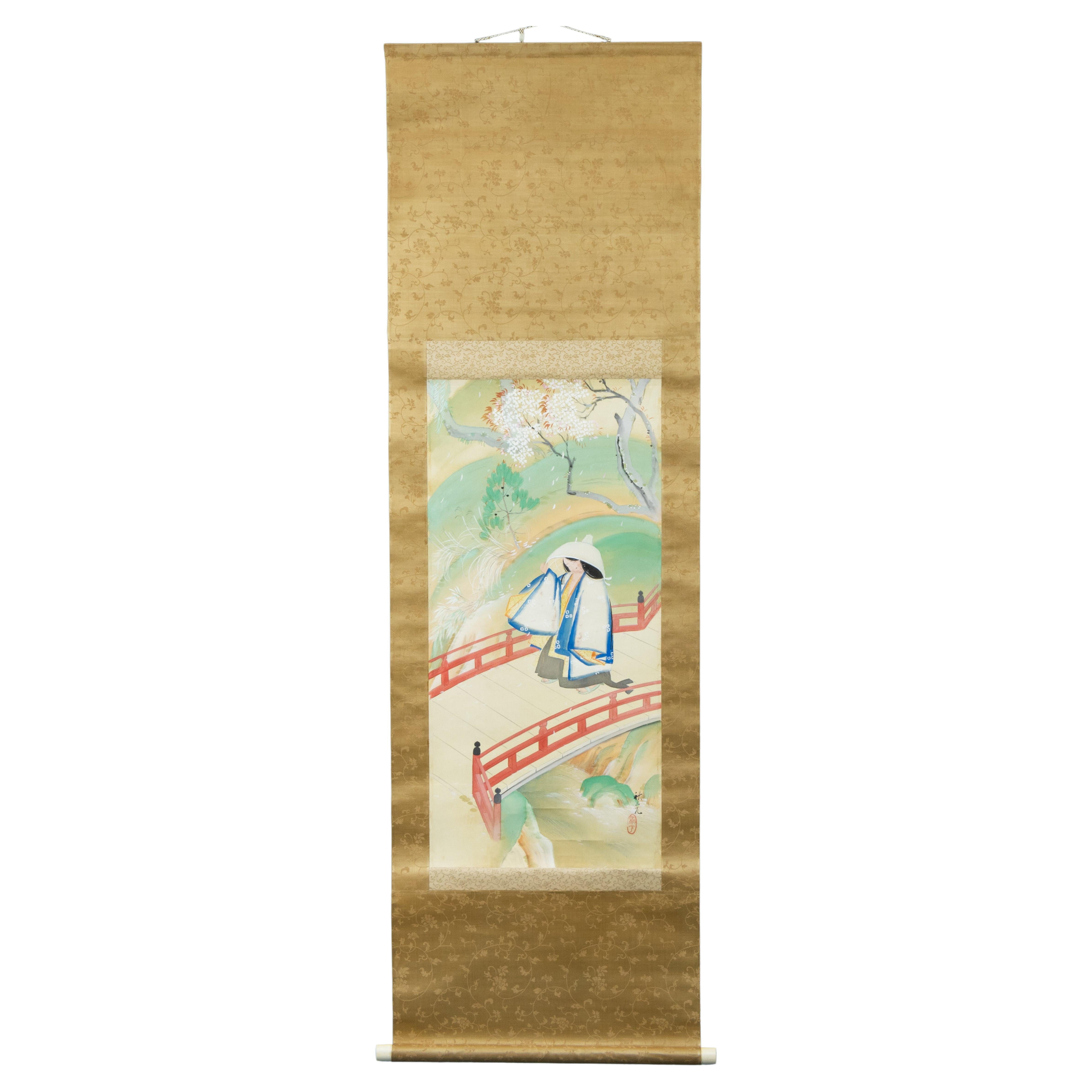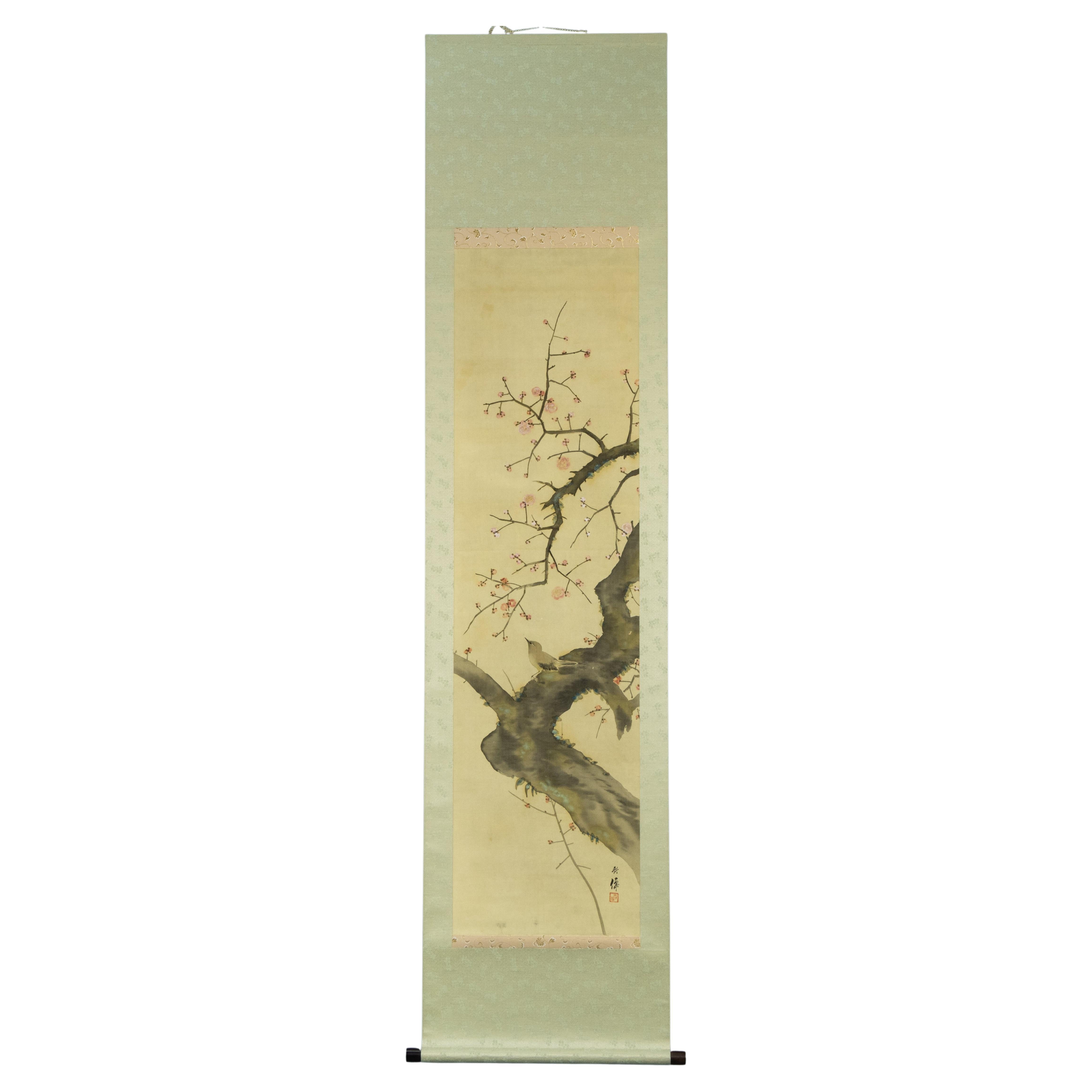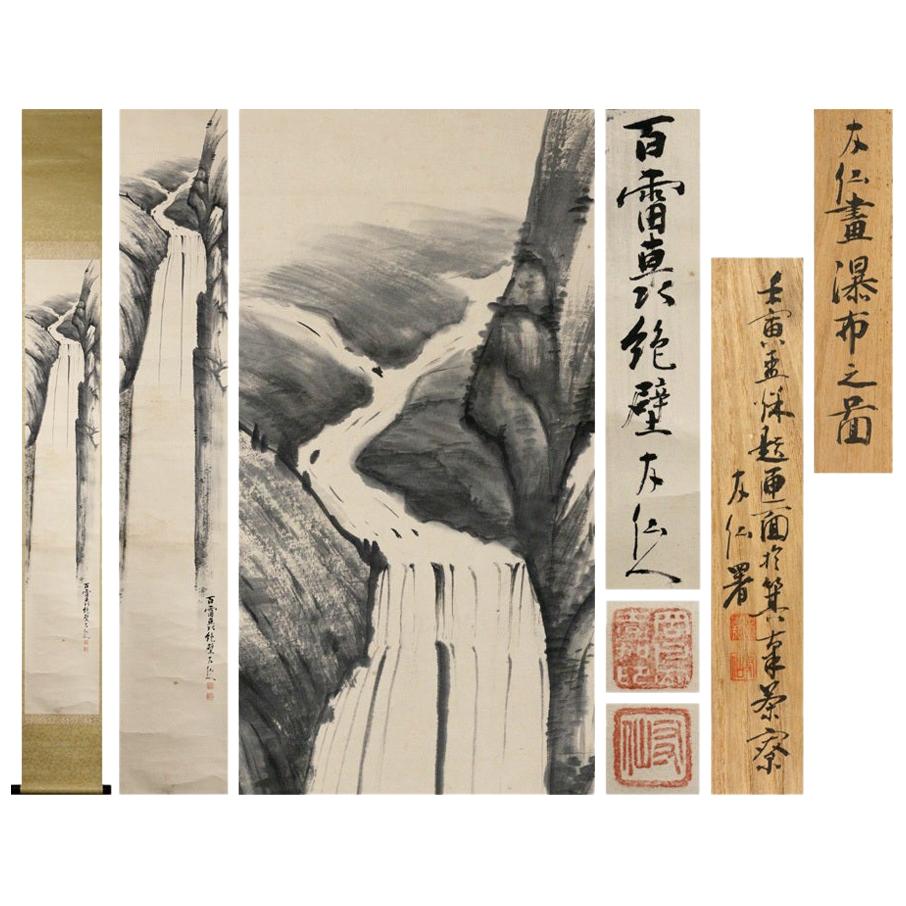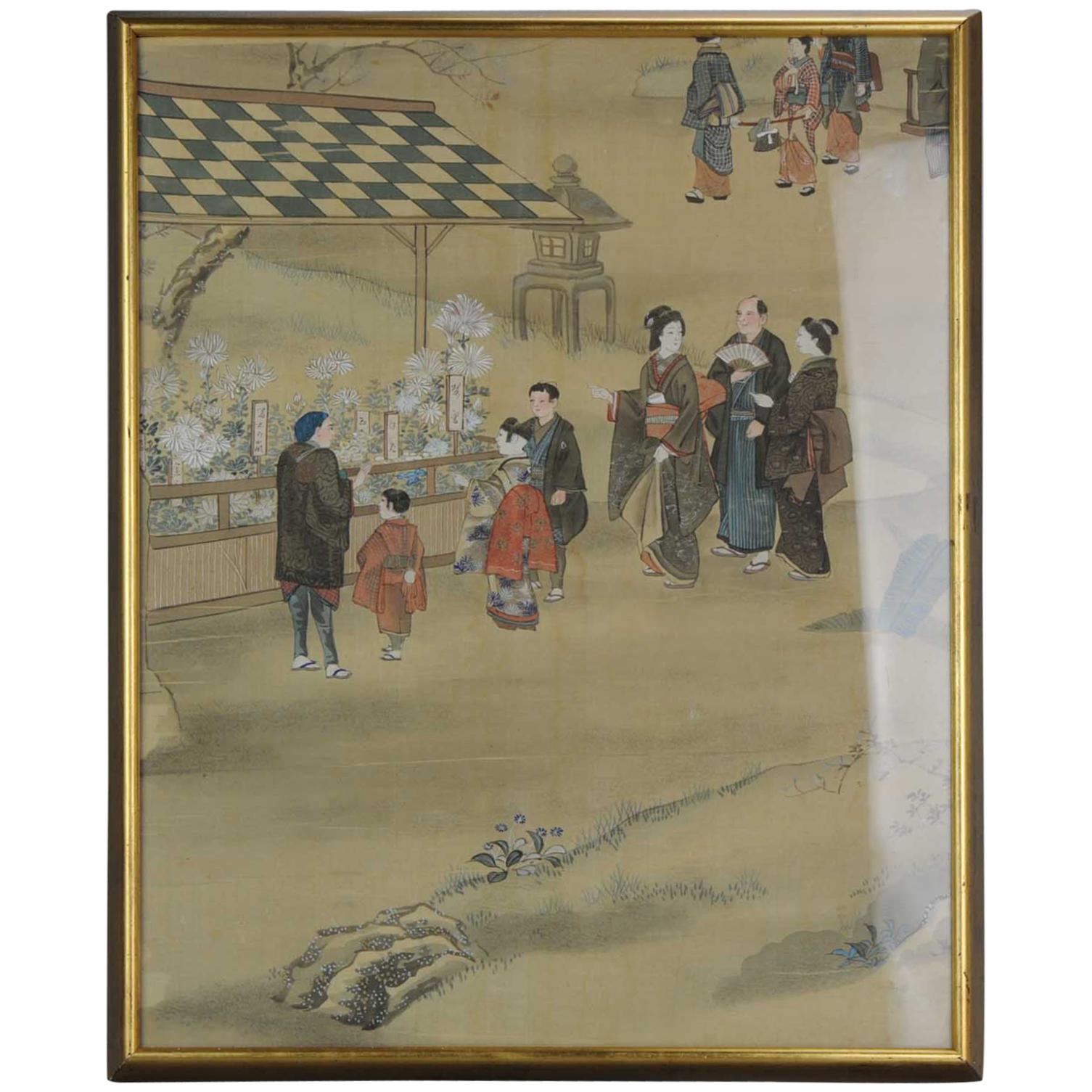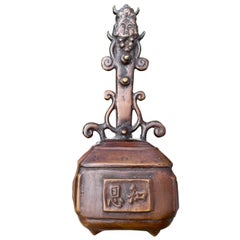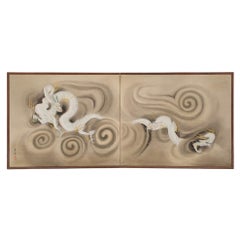Japanese Emaki 'Tea House'
View Similar Items
1 of 9
Japanese Emaki 'Tea House'
About the Item
- Dimensions:Height: 18 in (45.72 cm)Width: 28 in (71.12 cm)Depth: 0.1 in (2.54 mm)
- Materials and Techniques:
- Place of Origin:
- Period:
- Date of Manufacture:1880
- Condition:Wear consistent with age and use. Minor losses.
- Seller Location:San Francisco, CA
- Reference Number:Seller: #31stDibs: LU790312906292
You May Also Like
- Japanese Vintage Tea Ceremony Bronze Tea BellLocated in South Burlington, VTA one-of-a-kind rare tea ceremony accessory discovered from our recent Japanese acquisitions travels. Seldom seen and with lovely sound. This is an extraordinary opportunity to...Category
Early 20th Century Japanese Taisho Sculptures and Carvings
MaterialsBronze
$199 Sale Price66% Off - Japan Small Folding Two-Panel Furosaki Tea Screen "Contemporary Simplicity"Located in South Burlington, VTJapan folding two-panel tea screen furosaki byobu depicting a simple cream colored back ground with a blue snow flake border, colors on paper 21.5” high and...Category
Mid-20th Century Japanese Showa Paintings and Screens
MaterialsPaper
$199 Sale Price59% Off - Japanese 2-Panel Furosaki’byôbu 風炉先屏風 'Tea-Ceremony Folding Screen' with DragonsLocated in Amsterdam, NLA striking low and wide two-panel furosaki’byôbu (tea-ceremony room divider) painted with two bright white dragons (ryû) flying amidst swirling black clouds. The left dragon holds a ...Category
Early 20th Century Japanese Paintings and Screens
MaterialsWood, Paper
- Japan Antique Tea Master Ceremony Guide Double Scroll Matsudara Fumai 1751-1818Located in South Burlington, VTFrom our most recent Japanese acquisitions Rare Hand-Painted Double Tea Master Scroll (2) entitled: Tea Ceremony Rules of Matsudaira Fumai (1751-1818) Includes a later wooden col...Category
Antique 19th Century Japanese Edo Paintings and Screens
MaterialsPaper
- 19th Century Japanese Screen for Tea-Ceremony, Ink Bamboo and Plum on Gold LeafLocated in Kyoto, JPThree Friends of Winter Nakajima Raisho (1796-1871) Late Edo period, circa 1850 Ink and gold leaf on paper. This is a double-sided Japanese Furosaki or tea-ceremony screen from the mid 19th century; bamboo and plum on the front, young pines the back. It by Nakajima Raisho, a master painter of the Maruyama school in the late Edo and early Meiji periods. In this work Raisho combines exquisite ink brushwork with large open spaces of brilliant gold-leaf to inspire the viewers imagination. Rather than naturalism, he is searching for the phycological impression of the motifs, resulting in abstraction and stylization. His simplification of the motifs the result of looking to capture the inner nature of the objects. This art motif is known as Sho Chiku Bai, or the Three Friends of Winter. Evergreen pine connotes steadfastness, bamboo suggests both strength and flexibility, while plum blossoms unfurling on snow-laden branches imply hardiness. Combined, this trio is emblematic of Japanese new year. Chinese literati were the first to group the three plants together due to their noble characteristics. Like these resilient plants flowering so beautifully in winter, it was expected of the scholar-gentleman to cultivate a strong character with which he would be able to show the same degree of perseverance and steadfastness even during times of adverse conditions. The screen would have been placed near the hearth of a room used for the Japanese tea ceremony, shielding the fire from draughts and also forming a stimulating and decorative backdrop behind the tea utensils. It would have been used in the Hatsugama, or first tea-ceremony of the new year. Nakajima Raisho (1796-1871) originally studied under Watanabe Nangaku before entering the school of Maruyama Ozui. He was the highest ranking Maruyama school painter at the end of the Edo period and was known as one of the ‘Four Heian Families’ along with Kishi...Category
Antique Mid-19th Century Japanese Edo Paintings and Screens
MaterialsGold Leaf
- Japanese Silk Fan, Meiji Era JapanLocated in Saverne, Grand EstPrecious silk fan painted with ink and embroidered, decorated with cranes in a lake landscape. The strands are in finely carved bone decorated with peonies. Gold signature on the rev...Category
Antique Late 19th Century Japanese Meiji Paintings and Screens
MaterialsBone, Silk

